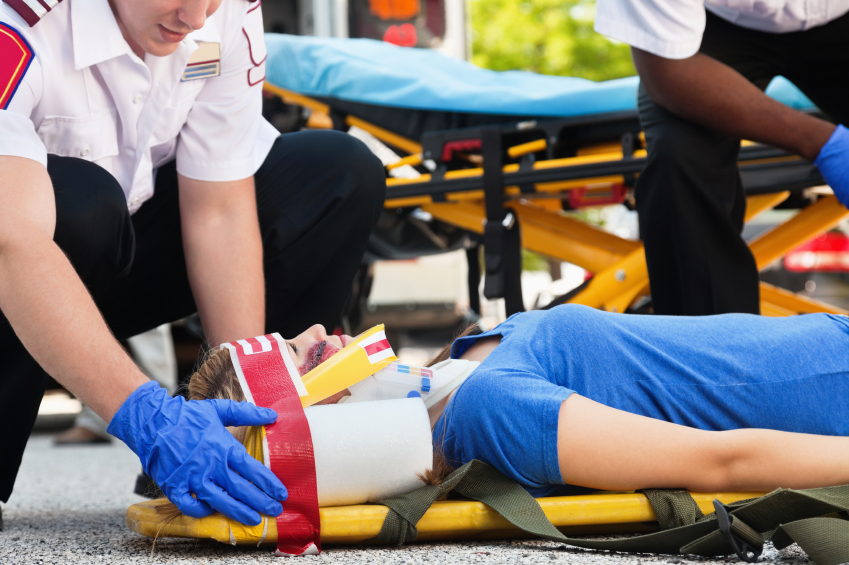Injured yourself at work? It’s a confusing, overwhelming and stressful time.
Why has this happened to me?
I can’t work, now what?
How will I support my family?
How do I begin legal action?
Deciding to pursue legal action after an accident at work that wasn’t your fault is a big commitment. It takes courage, determination and a good lawyer to help you see it through – check out lawyers in Long Island if you’re looking for representation – but what are the initial steps you should take? Everything you do from the moment you have your accident is utterly crucial in helping you build a strong case that your employer will struggle to dispute. Read on for 6 steps to take after an injury at work.
Remember your health is number one
Your injuries and your health is the priority here. The quicker you’re on the road to recovery the better, so make sure that you’re seen by a health professional in the immediate aftermath of your accident. This could be the designated first aider at work, which is fine but ensure you attend hospital afterwards and have someone from your place of work accompany you. If you’ve sustained a head injury then its even more important to get yourself checked out. Remember that injuries don’t always manifest straight away, and even something as trivial as an aching ankle should be taken seriously.
Report the accident to employees
Make sure that your fellow employees are made aware of what has happened. This is ensures that you have laid the foundations for your claim and that knowledge of the incident cannot be disputed – something which an employee might do. Even if you don’t seek legal action against your employer, informing fellow employees of what has happened can help prevent it from happening again.
Report the accident to your manager
Again, reporting the incident sets a strong foundation for your legal case: you’re following the correct protocol. A manager should enter the incident into their accident report book, and it should also be reported to the health and safety officials.
Ensure there is a record of your report
Your accident should be formally recorded in the accident book. All places of work will have one of these. This serves as solid proof that an accident did take place. In some cases where your employer refuses to enter the accident into the book (this could be due to health and safety targets or fear of a legal case) then you should write/email your employer requesting that they follow the correct protocol. You will now have evidence that can be used in your case.
Take photos
Photos of the immediate aftermath and of your injuries will also serve you well in your court case. You never know how someone may change or alter the scene, or if a fellow employee could be coerced into giving a false statement that is not in your favour. Video and photographic evidence are important pieces of evidence.
Keep a record of your expenses
Detailing how much money you’re loosing whilst you’re out of work will help you build a case. Your lawyer will help you here.
